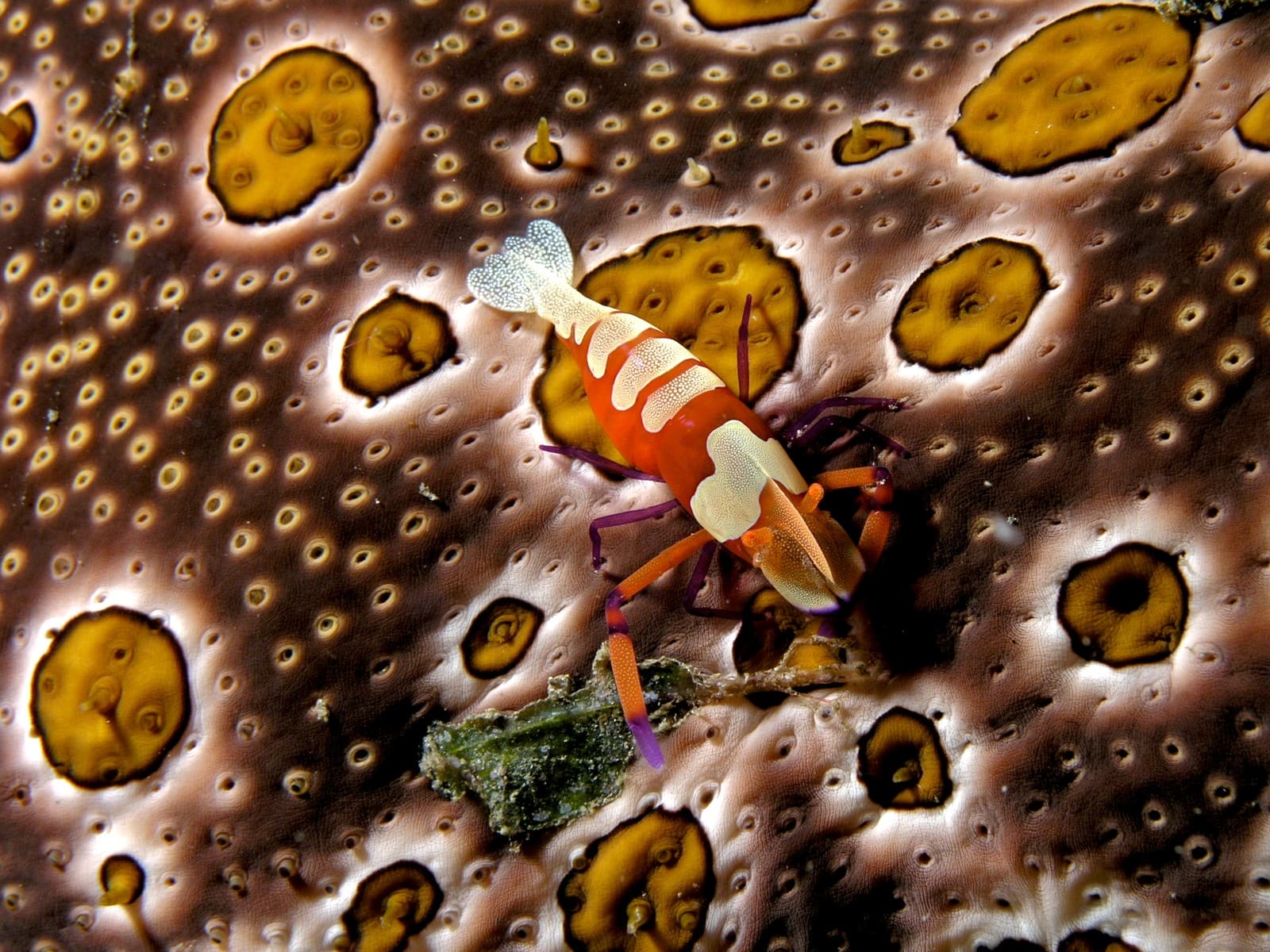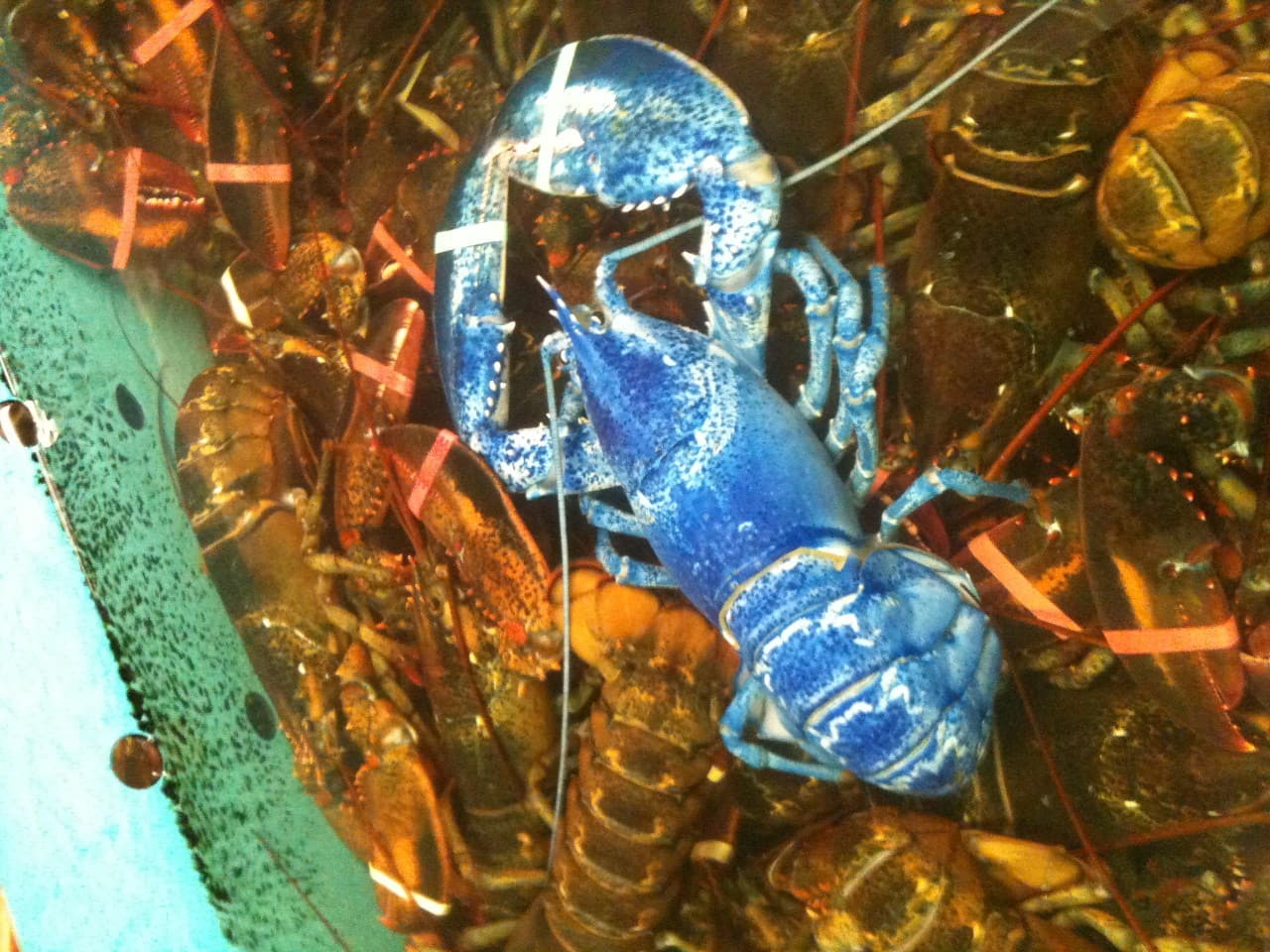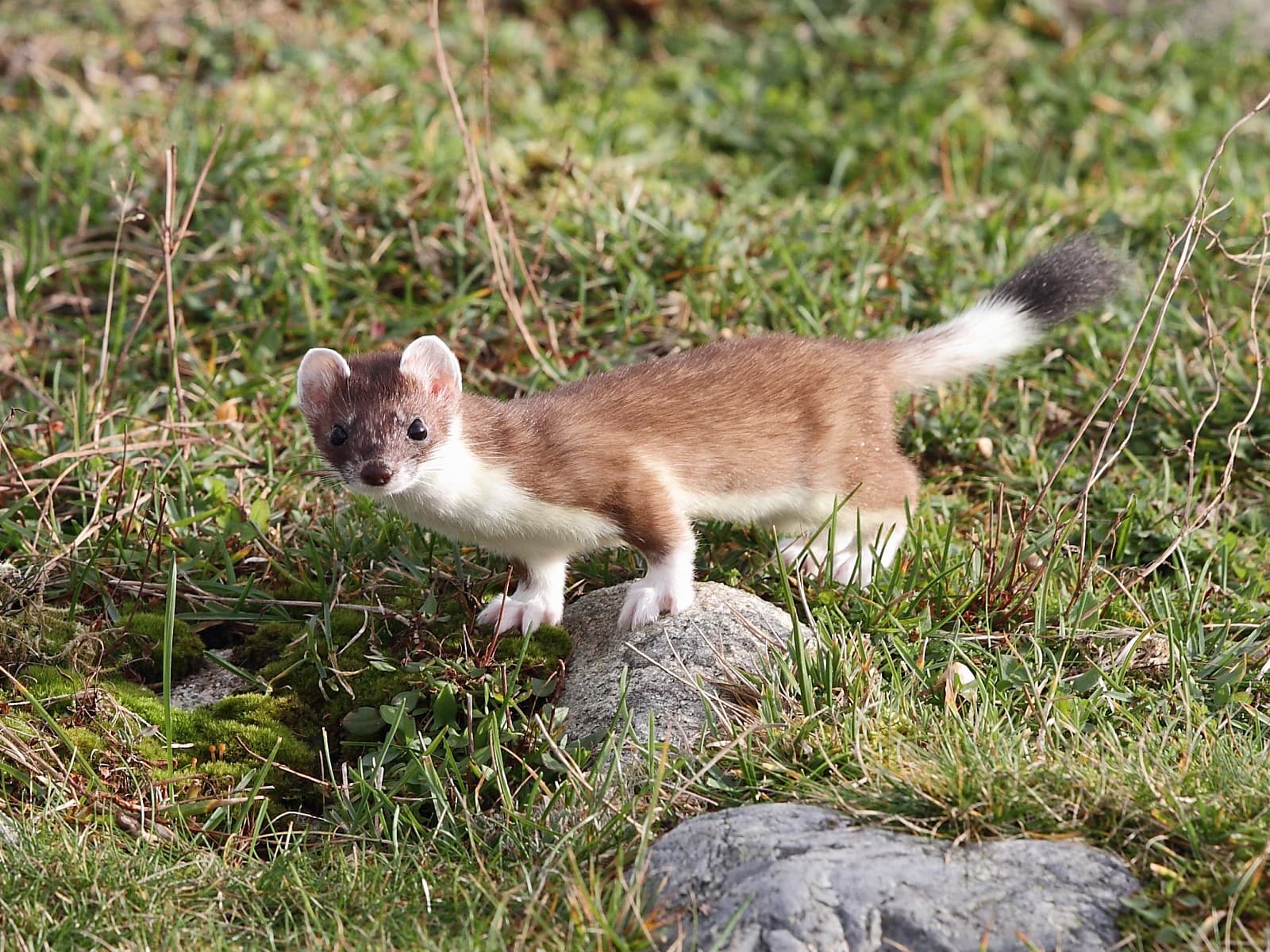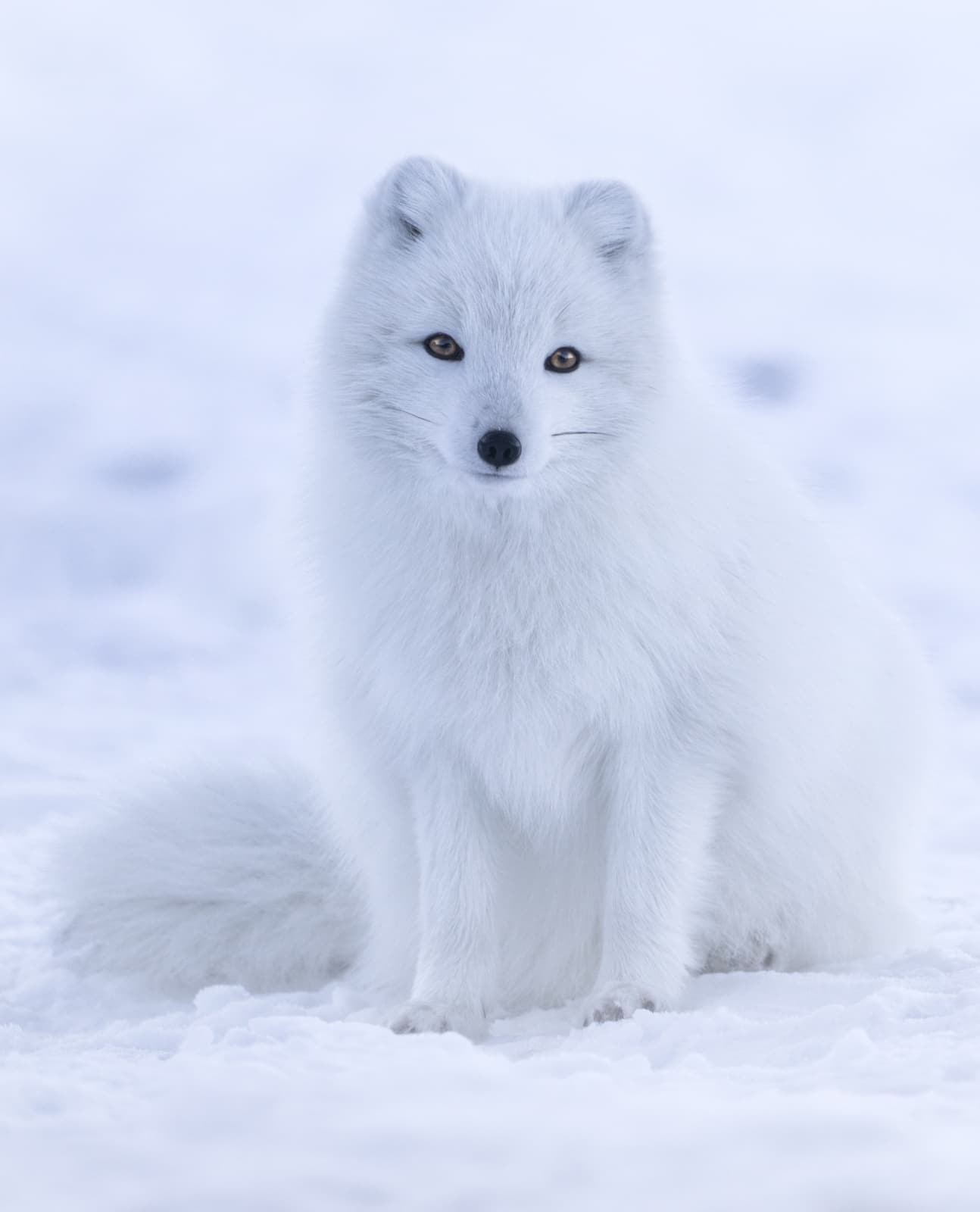Lobster vs Shrimp: A Complete Comparison
When comparing lobster vs shrimp, these popular crustaceans share some fascinating differences and similarities. Lobsters typically reach lengths of 8-24 inches (20-61 cm) and can weigh up to 44 pounds (20 kg), while most shrimp species measure just 1.5-3 inches (4-7.6 cm). Despite both being decapod crustaceans, these marine animals have evolved distinct characteristics that set them apart in everything from habitat preferences to survival strategies.
The most obvious distinction between lobster and shrimp lies in their body structure. Lobsters possess a robust exoskeleton with large front claws, while shrimp feature more delicate bodies with smaller pincers and transparent shells. These anatomical differences reflect their diverse evolutionary paths and survival strategies in marine environments.

© Ryan Hodnett / CC BY-SA 4.0
The robust exoskeleton of a lobster showcases its evolutionary adaptation to deeper waters and more aggressive predatory behavior compared to its smaller crustacean cousin, the shrimp.

© Nhobgood Nick Hobgood / CC BY-SA 3.0
The delicate structure and translucent body of the shrimp illustrates its adaptation to life in shallower waters and its remarkable ability to form symbiotic relationships with coral reef organisms.
Key Differences: Lobster vs Shrimp
| Feature | Lobster | Shrimp |
|---|---|---|
| Size | 8-24 inches (20-61 cm) | 1.5-3 inches (4-7.6 cm) |
| Lifespan | 45-50 years | 1-7 years |
| Habitat Depth | Up to 1,500 ft (457 m) | Usually above 300 ft (91 m) |
| Shell Hardness | Very hard exoskeleton | Softer, more flexible shell |
| Claws | Large, powerful claws | Small pincers |
| Swimming Ability | Primarily walks forward | Excellent swimmers |
Habitat and Behavior
Lobsters and shrimp occupy distinctly different niches in marine ecosystems. Lobsters prefer rocky seafloor environments where they can establish territorial dens, while shrimp often inhabit more diverse locations, from coral reefs to sandy bottoms. Lobsters are primarily solitary and territorial, whereas many shrimp species form schools or live in symbiotic relationships with other marine organisms.
Nutritional Comparison
When it comes to nutritional value, both creatures offer unique benefits. A 3.5-ounce (100g) serving of lobster contains approximately 89 calories and 19 grams of protein, while the same portion of shrimp provides 85 calories and 20 grams of protein. Shrimp generally contain more omega-3 fatty acids, while lobster offers higher levels of vitamin B12 and zinc.
Who Would Win: Lobster vs Shrimp Combat Analysis
In a theoretical confrontation, the lobster holds significant advantages over the shrimp. With powerful claws capable of exerting pressure up to 100 pounds per square inch (6.9 bar), and a more robust exoskeleton, a lobster would easily overpower most shrimp species. The size difference alone creates an insurmountable advantage, with even juvenile lobsters typically larger than adult shrimp.
Commercial Value and Culinary Applications
While both creatures are prized in cuisine worldwide, lobsters generally command higher market prices, averaging $30-40 per pound ($66-88 per kg), compared to shrimp at $10-15 per pound ($22-33 per kg). This price difference reflects not only size and availability but also cultural perceptions and harvesting challenges.
Conservation Status
Both species face various environmental pressures, but their conservation needs differ significantly. Lobster populations are more vulnerable to overfishing due to their slower growth rates and longer maturation periods. Meanwhile, shrimp face challenges from habitat destruction and aquaculture practices, though their faster reproduction rates generally allow for quicker population recovery.

















